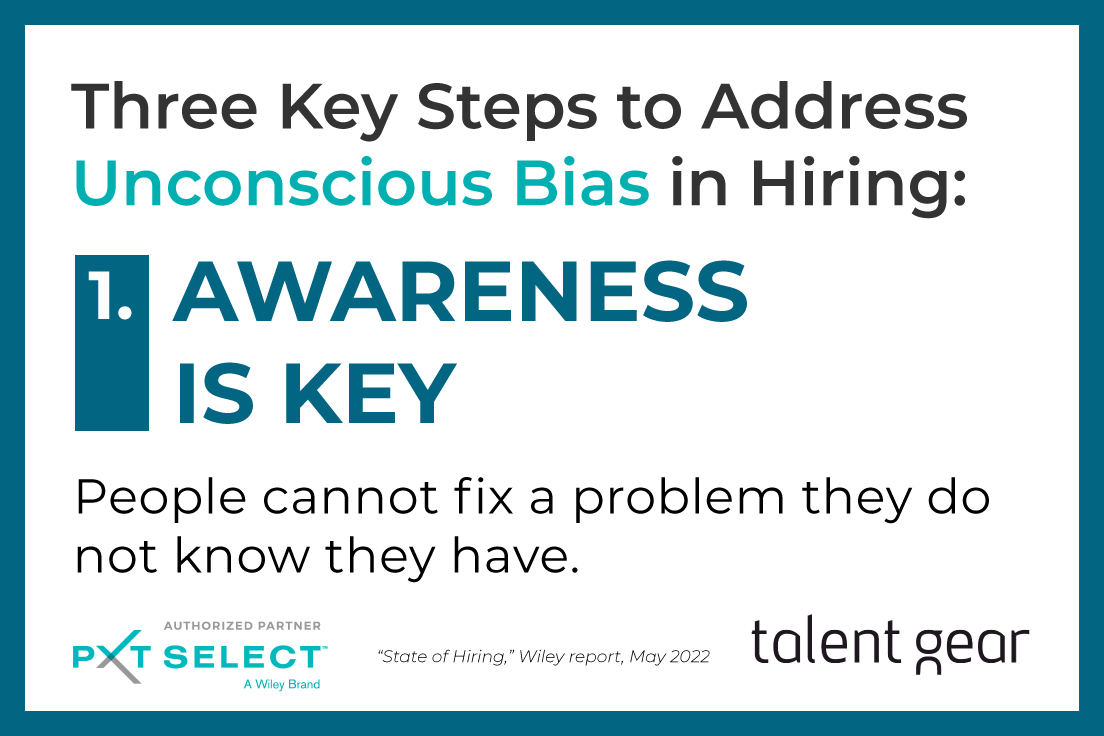7 tips for improving your hiring process

Recruiting and hiring can be a daunting task. There are so many steps involved, and it can be hard to feel like you're on the right track. Here are a few tips to help you stay focused and make sure you hire the best candidate for the job.

Take your time
Don’t get caught up by the urgency of the moment. While you may need someone to fill a position immediately—and your co-workers are clamoring for help—hiring someone based on a recommendation, a phone call or one, in-person interview can result in a long-term challenge. Once you've hired someone, it's difficult to remove them if it turns out they’re not a good fit.
![]()
Understand that what you want isn’t necessarily what you need
Defining the position and listing all the tasks and responsibilities you want to give a new hire is the traditional way to start. But this does little to help you find the person who’ll be great at the job.
Hiring managers often get obsessive about candidate pedigree, industry experience and specific systems knowledge. So they errantly weed out candidates who are eager to learn, have tremendous work ethic, and whose skills would complement those of other employees—because they don’t meet the requisite years of experience or preferred degree. And they sometimes wind up hiring someone who looks great on paper but doesn't have the thinking skills, behavior traits or occupational passion to do the job well.

Focus on someone who will be a good fit for the culture of your team and your organization
Of course, you need to be able to recognize and communicate characteristics of your culture. How do you operate as a group? What makes your team or organization unique? Are you trying to change your culture? Most employees who leave or fail do so because their manager or environment made them uncomfortable. Even the finest skills will be wasted if the person to whom they belong doesn’t mesh with others and leaves – whether by choice or not.

Don’t assume that only one type of person can do the job
You often hear that to be good in sales (or accounting, or a C-level role) you need a specific personality style. But there is little evidence to support those beliefs, beyond findings that conscientious, agreeable and emotionally stable people tend to be more successful at work.
This also applies to thinking you can find successful candidates at only one school or one social media group. Trying different talent pools can enrich your workforce in ways that go far beyond being successful at the job.

Remember that all of us have biases
Everyday, great job candidates are overlooked because of conscious or unconscious biases. The fact is, people gravitate toward people who look and act like they do—and vice versa. Most of the time people don’t even know they’re being biased. It’s impossible to eliminate, but here are a few things to try:
- Blind screening (removing names and addresses from resumes or applications) is always a good idea.
- Structured interviews in which every candidate is asked the same question by the same person also helps, as can using a standard scorecard for traits, experience and qualifications.
- And having several people interview a candidate will give you a much better perspective on who they are and how they’ll fit in.

Use data-driven measures
There are many tools available today to help you evaluate job candidates objectively. Tools that can help you identify not just skills and experience, but also thinking styles, behavior traits and natural interests. So you can have at least one completely objective measure for whether or not your candidates are a good fit for the position and your organization. And you don’t have to rely so much on your gut instincts.
PXT Select™ features performance models that identify the traits most indicative of success for almost any job or position you can imagine. Candidates complete a simple assessment, and you can see which candidates are closest to the model. This gives you a standard, unbiased evaluation of your candidate’s fitness for the job. It’s one more important data point that can make your hiring process easier and faster.

Finally, give yourself a break
Hiring is stressful. Finding the right person to become a valued contributor to your team and organization takes time, patience and luck. You’re going to make mistakes. But that’s part of the process, as well.

